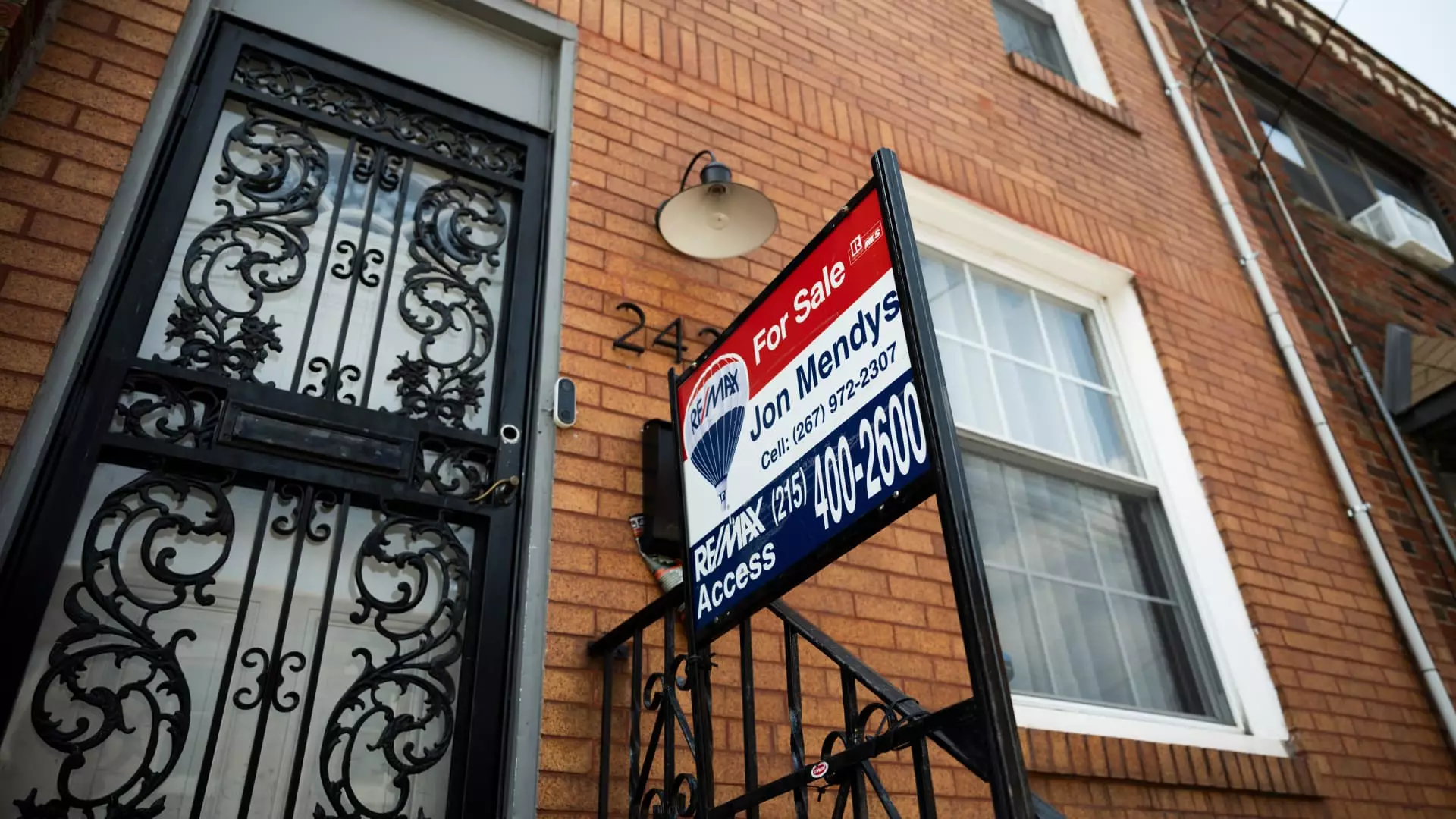The U.S. housing market is grappling with an array of challenges that continue to sap buyer enthusiasm and hinder sales growth. As of January 2024, the market has shown signs of ongoing weakness, marked by stubbornly high mortgage rates, elevated home prices, and a shortage of available listings. In this article, we unearth the critical dynamics impacting the housing sector and explore what these trends could mean for the future.
Recent data from the National Association of Realtors (NAR) indicates that sales of previously-owned homes plummeted by 4.9% in January from the previous month, dropping to an annualized rate of 4.08 million units. This decline was steeper than what analysts had predicted, which estimated a decrease of only 2.6%. While year-over-year comparisons show a modest 2% increase since January 2023, the reality is that the current sales level marks a roughly 15-year low—an alarming figure in an economy where stable housing turnover is often seen as a barometer of overall health.
This downward trajectory is largely attributed to the persistent high mortgage rates. Since November and December 2023, when rates dipped from over 7% to around 6%, potential buyers have remained hesitant. Lawrence Yun, chief economist for the NAR, highlighted the stagnation in mortgage rates despite recent cuts from the Federal Reserve, stating that these conditions exacerbate housing affordability woes. As properties remain expensive, fewer buyers are poised to enter what is already a fraught market.
At the end of January, the housing inventory showed a slight uptick, with 1.18 million homes for sale—an increase of 3.5% from December and 17% from January of the previous year. However, despite this rise in listings, the supply remains critically low, standing at only a 3.5-month supply based on the current sales pace. A balanced market, where buyers and sellers can negotiate effectively, is generally characterized by a six-month supply, indicating that the scarcity is still predominantly favoring sellers.
Moreover, the average time a home remained on the market stretched to 41 days—marking the longest period since January 2020, prior to the onset of the COVID-19 pandemic. This prolonged duration coupled with limited supply continues to exert pressure on home prices. In January, the median home price reached $396,900, reflecting a staggering 4.8% year-over-year increase and setting a record high for that month.
The escalating prices and dwindling inventory pose significant challenges, particularly for first-time buyers, who constitute a mere 28% of the total sales. This figure remains stagnant and considerably lower than historical averages, which hover around 40%. Even among those buyers, the market has been especially unforgiving for those aiming to purchase properties at lower price points. Homes priced between $100,000 and $250,000 have seen a 1.2% drop in sales year-over-year, starkly contrasting with a nearly 27% sales increase for properties exceeding $1 million.
The prevalence of all-cash offers has also risen, making up 29% of transactions. While this percentage is traditionally high, it has decreased from 32% the previous year, suggesting a slight easing in competition from more affluent buyers. Real estate agents have reported a lack of buyer traffic despite an increase in marketing efforts. As Yun notes, although listings are increasing, the critical mass of buyers willing to engage with the market remains elusive.
As the U.S. housing market confronts these multifaceted challenges, lingering affordability issues and inventory constraints continue to define the landscape. The path forward appears fraught with uncertainty as potential homeowners navigate a market that is not only complex but also emotionally charged. Both increased inventory and a decrease in mortgage rates will be essential for stimulating engagement among buyers, particularly first-time purchasers who have become increasingly marginalized in this economic climate.
Unless significant shifts occur in mortgage rates and inventory dynamics, the U.S. housing market may continue to linger at historically low sales levels, while individuals grapple with the harsh realities of affordability pressures in a market that remains tumultuous.

